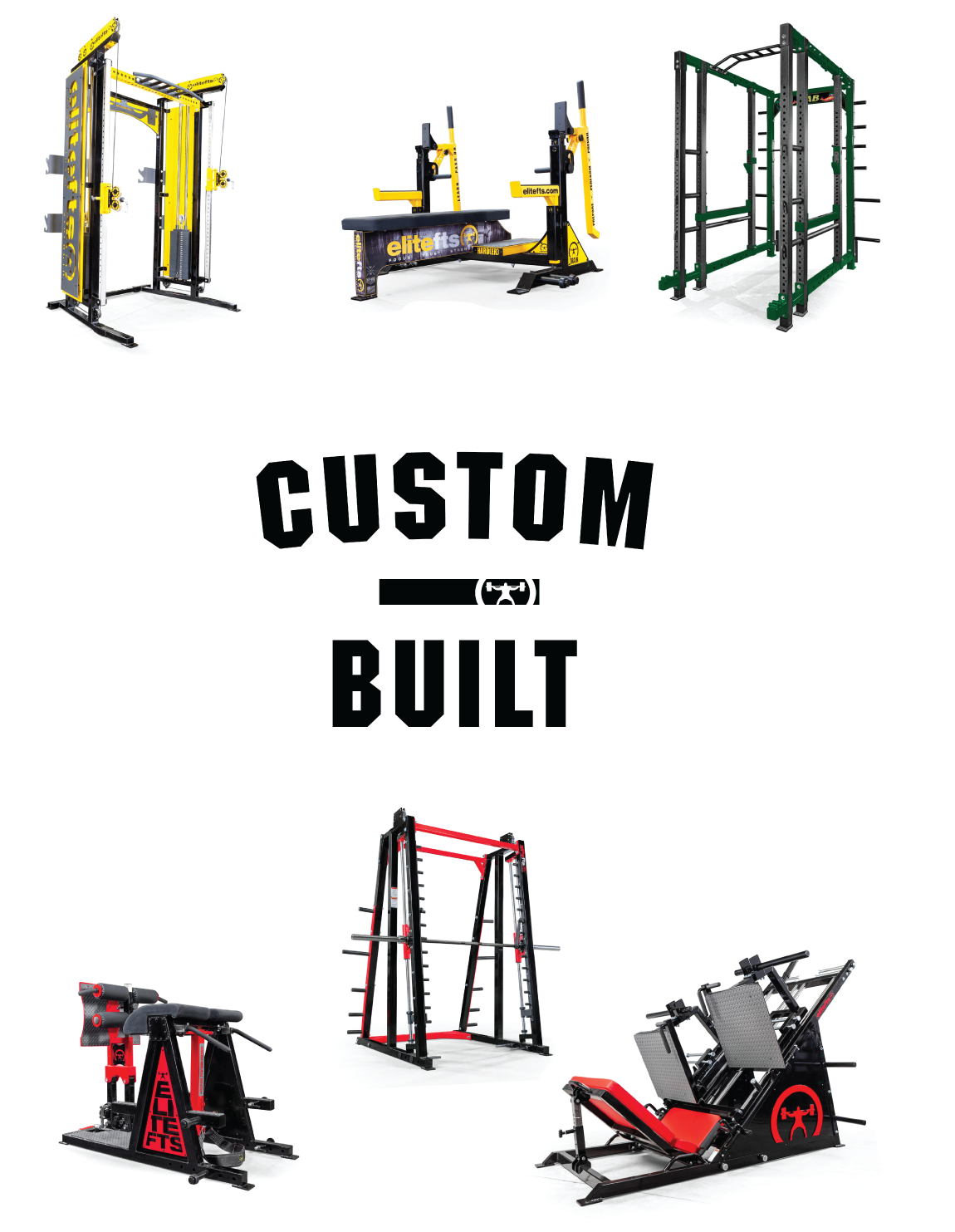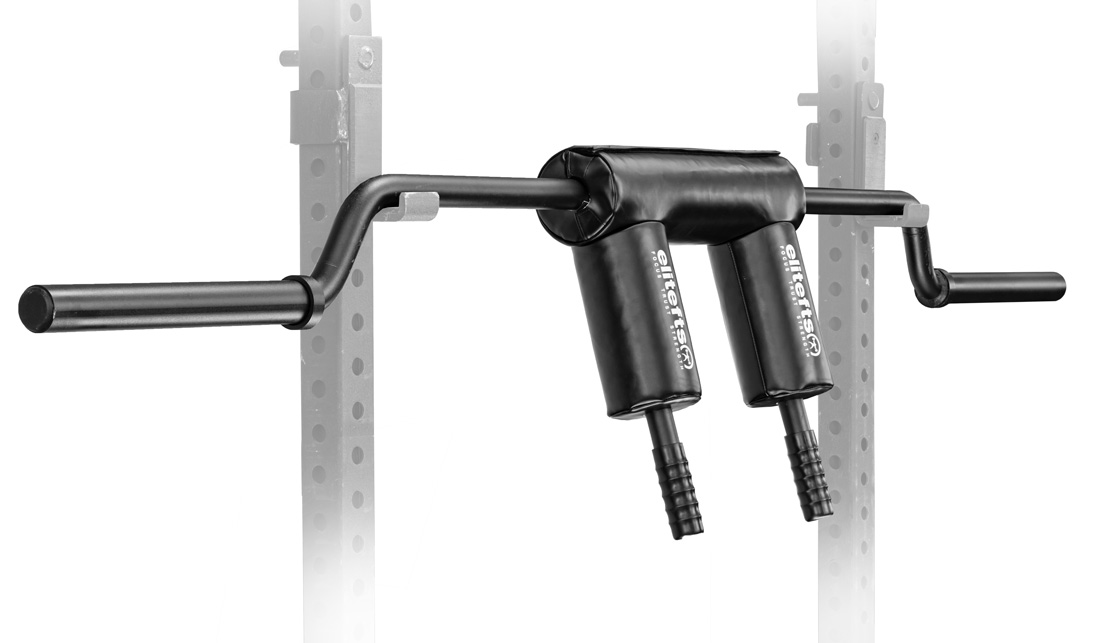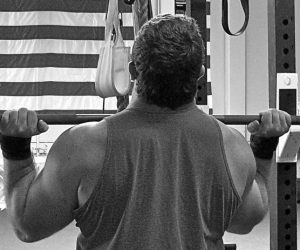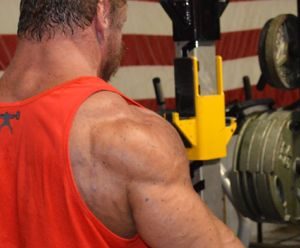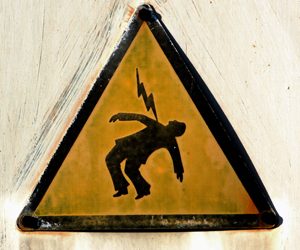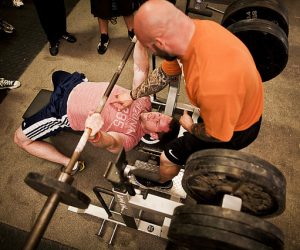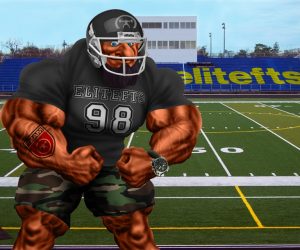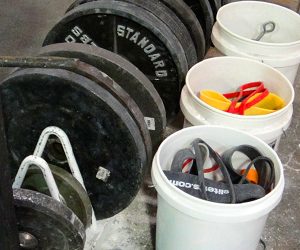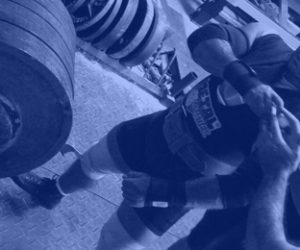Why the Plank Does Not Improve Athletic Performance
This beloved exercise may not be quite the core developer you believe it is.
Fitness Is A Prerequisite
A respectable level of fitness will not make you the best player on the field, but without it you have no chance.
Does Overtraining Cause Injuries?
All sport injuries have a basic cause. Understand the risks and program around them.
Are Overuse Injuries Preventable?
Are the repeated movements you do in your training (either with maximum weight or explosiveness) the cause of those nagging injuries that won’t go away?
Are We Teaching Speed and Quickness?
Somehow, it is universally accepted that if you increase your strength and do running specific drills, you will increase your speed and quickness.
Dr. Yessis: General Strength Can Help Improve Performance
Athletes never achieve their full potential because the training stops when the level of fitness is obtained.
Are We Making Progress in Football Training?
It appears that more coaches are concerned with the results that they get from doing particular exercises in the weight room and with particular pieces of equipment.
Training for Maximum Strength
Why is it that we have the greatest athletic talent pool in the world, but we don’t turn out world record holders like we should be able to do?
Do the Pros Look to Little League for Advice on Pitching?
In the studies conducted on youth and adult pitchers, it was established that most injuries occur from overuse.
Is It Block Training, Concentrated Loads, or...?
I’ve been reading with interest—and amazement—the many articles that have been appearing lately on the use of the “block” method.
Are Injuries Due Mainly to Conditioning or Lack of Conditioning?
Teams keep hoping that their players will not get injured.
Correcting and/or Preventing Muscular Imbalances
Many articles extol the need for balancing the muscles. Much of this is warranted. The problem lies in how to do this and when it should be done. In some cases, it’s necessary to look at what actually constitutes an imbalance.
Muscle Relaxation Techniques
The ability to reduce tension and relax muscles affects strength, speed, coordination, and in turn, sports performance.
Are Your Lateral Rotators Strong?
The rotator cuff muscles of the shoulder play a very important role in the prevention of shoulder injury and in the execution of overhead throwing and hitting actions.
Are Plank Exercises for You?
One of the latest rages in the fitness industry is the plank exercise. In essence, plank refers to maintaining your body in a straight line from head to toe, as for example, in the up position of a push-up.
Why Does the Butt Kick Reign Supreme?
If you watch runners before a race or if you watch baseball, football, or other athletes warming up before a game, you will see that most of them do the butt kick (quadriceps) stretch.
Are You Setting Yourself Up for Injury?
Lifting weights is easy, but preventing injuries when lifting weights is not always as simple. Because of this, it is not uncommon to find many injuries in weight training. To help prevent injuries and make your workouts more productive, here are seven key factors that you should take into account when weight training.
Is Technique Important for Better Playing?
Coaches believe that technique should not be touched. They firmly believe that technique is an individual thing that is innate to each individual. However, these ideas could not be further from the truth. One of the most effective ways to improve sports performance is to improve technique.
Does the Football Combine Predict Playing Ability?
Football coaches know that selecting a player based on combine results is a crap shoot at best. In this article, Dr. Yessis evaluates the tests used to offer a possible explanation of why the combine results are such poor predictors of game play success.
General Versus Special Exercises
One of the main distinguishing features of the Soviet system of training athletes is their distinction between general and specialized exercises.
Are We Truly Improving Performance?
A noted sports columnist in the San Diego area lamented the fact that one of the state universities was unable to field a championship women’s volleyball team (they already dropped the men’s program even though it was the only program to bring in an NCAA championship).
The Stretch Reflex
Many people refer to the stretch reflex as the key to explosive training. How it is applied, however, is frequently misunderstood. This article takes an in-depth look at this action and how you can better utilize it in any or all aspects of your training.
What Determines Proper Squat Technique?
The question of how deep you should go in the squat is constantly debated.



